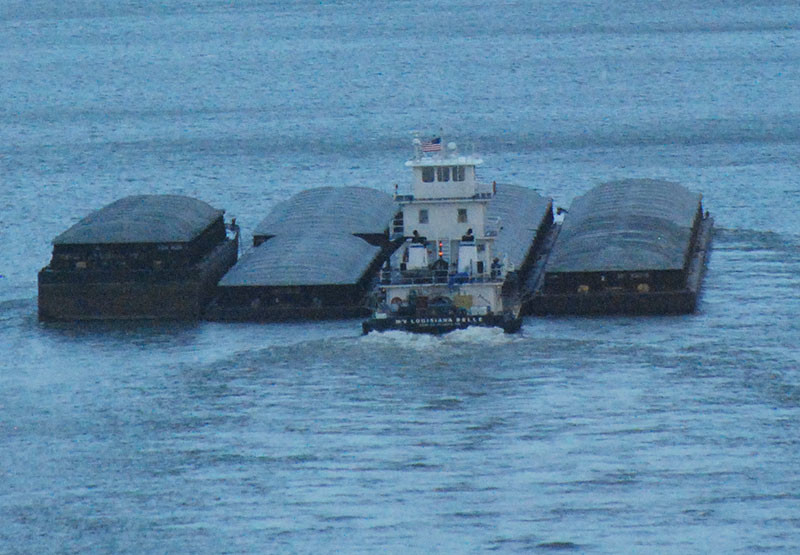It’s been a long couple of years for most business sectors due to the pandemic, and this includes the barge industry.
When the pandemic started to take hold in 2020, barge operators began to suffer big losses as demand for barging plummeted. But operators soon continued to move products despite many challenges, including keeping crews healthy and equipment in service.
Their perseverance is at last paying off. Over the past year operators report that business has been steadily improving across all barging sectors. As Pamela Glass reports in the next issue, operators are busy again moving cargo along inland rivers, including an unusual bump in coal exports, effects of the pandemic appear to be waning, and many companies report that demand has returned to pre-pandemic levels.
Barge operators report that movements of construction and steel materials are strong, coal and corn are being shipped to export markets disrupted by the war in Ukraine, and refined petroleum and petrochemicals have rebounded as refineries have boosted production. Strong barge demand and utilization, coupled with a virtual halt to new barge construction due to high steel prices, have kept barge supply tight and freight rates elevated.
“We’re off to a very strong start to 2022, with the first quarter having the highest volume that moved on the inland waterways since 2013,” Ken Ericksen, senior vice president and expert in energy, transportation and agribusiness at IHS Markit, told WorkBoat. “It’s a big rebound that has taken place, and it’s been broad in scope.”
As David W. Grzebinski, president and CEO of Kirby Corp., Houston, the nation’s largest tank barge operator, put it: “As soon as Omicron started to dissipate in March, things really started hopping.”
But there are bumps in the road. A big concern for operators are labor costs and how to fill open positions both on vessels and shoreside. With labor shortages across all sectors in the U.S., barge companies are in competition with other industries that offer good salaries, signing bonuses and the option of working from home.
Hopefully, the labor situation will improve and mirror the barge supply-demand ratio, which is now in balance.




